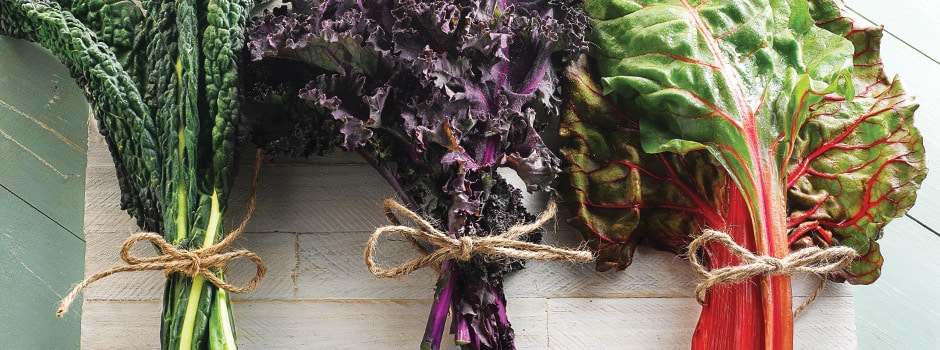Farmers markets not only help support local farmers, it's a way to get the freshest produce around. You’ll often find foods that you won’t see at your grocery store, so you can expand your horizons as you chat with the merchants to learn where your food came from. Need some shopping inspiration? Here’s your ultimate farmers market shopping guide.
Eco-Friendly Gear
In addition to bringing cash – most merchants at the market won’t take credit or debit – you’ll need a basket to carry your goods. A basket works better than a reusable grocery bag, since it keeps your groceries in place and prevents heavier goods from moving and crushing more delicate foods. If you’re shopping for meat or eggs, bring a cooler bag with an ice pack to keep them from getting too warm. This reduces your chance of foodborne illness.
Choose Lots of Fruits and Veggies
Fruits and veggies are often the stars of a farmers market, so stock up each week to make them the foundation of your diet. Offerings change by season, so take an “eat the rainbow” approach to shopping and pick up seasonal offerings in a range of colors.
Stock up on tons of dark green veggies, which come loaded with nutrients, including vitamin A, iron and calcium. Look for cabbage and spinach early in the season, and shift to hardier greens like kale and broccoli later in the year. Also look for less common greens that are often not available at grocery stores – like rocket and dandelion greens. These are just as healthy as other greens and will allow you and your family to explore your pallets.
Shop for red, orange and yellow fruits and veggies to get your daily dose of carotenes– an antioxidant that also provides vitamin A – as well as vitamin C, according to the USDA. Look for strawberries and raspberries earlier in the growing season, followed by watermelons and then peaches later in the year.
Round out your shopping with purple and blue produce. Pick up violet-hued staples like blueberries and blackberries earlier in the growing season, and black cherries and eggplant later on. You can also find some purple vegetables, like purple carrots and beets, almost year-round.
As for what to do with your produce, the possibilities are endless. Start with a green smoothie, a fresh cabbage salad, or marinated grilled vegetables.
Select Grass-Fed Meat and Eggs
Shopping for meat and eggs at the farmers market allows you to get nutritionally superior fare. Grass-fed beef, for example, tends to be lower in total fat than grain-fed beef, according to a 2014 study published in Meat Science. It also has a higher percentage of heart-healthy polyunsaturated fatty acids, while grain-fed beef is higher in saturated fat. Choose lean cuts of meat, like top round cuts or skinless chicken or turkey breasts, to avoid saturated fat.
Pastured eggs also offer more health benefits than eggs from grain-fed hens. They’re higher in omega-3 fatty acids and have twice the vitamin E content of regular eggs.
Ask your favorite vendors if they offer a Community Supported Agriculture (CSA) or subscription program for eggs, meat and even produce. While subscription programs typically make you pay upfront, you’ll be able to pick up your favorite goods each week at a lower cost than paying in cash every time.
Pick Up Fresh Herbs
Fresh herbs are abundant at the farmer’s market and they’re a great way to add flavor to your cooking without using salt, sugar or fat. Pick up mix of fresh herbs to make healthy salad dressings and pestos. Use your Vitamix machine to whip up herb-flavored butters, which pair well with grilled grass-fed steak or homemade bread.
Or make frozen herb “ice cubes” that you can use year-round. Simply wet-chop herbs in your Vitamix blender and drain, then pack the chopped herbs in ice cube trays so each segment is ⅔ full, and fill with extra-virgin olive oil. Freeze the tray overnight, then store the cubes in a freezer bag for future use.
Related Articles

Vegetable Smoothies
From garden-grown to local farmer’s markets, choose the best seasonal veggies for your smoothies.

7 Ways to Use Your Farm Fresh Produce
Support your local farmers, then incorporate your treasures into these fresh recipes.
